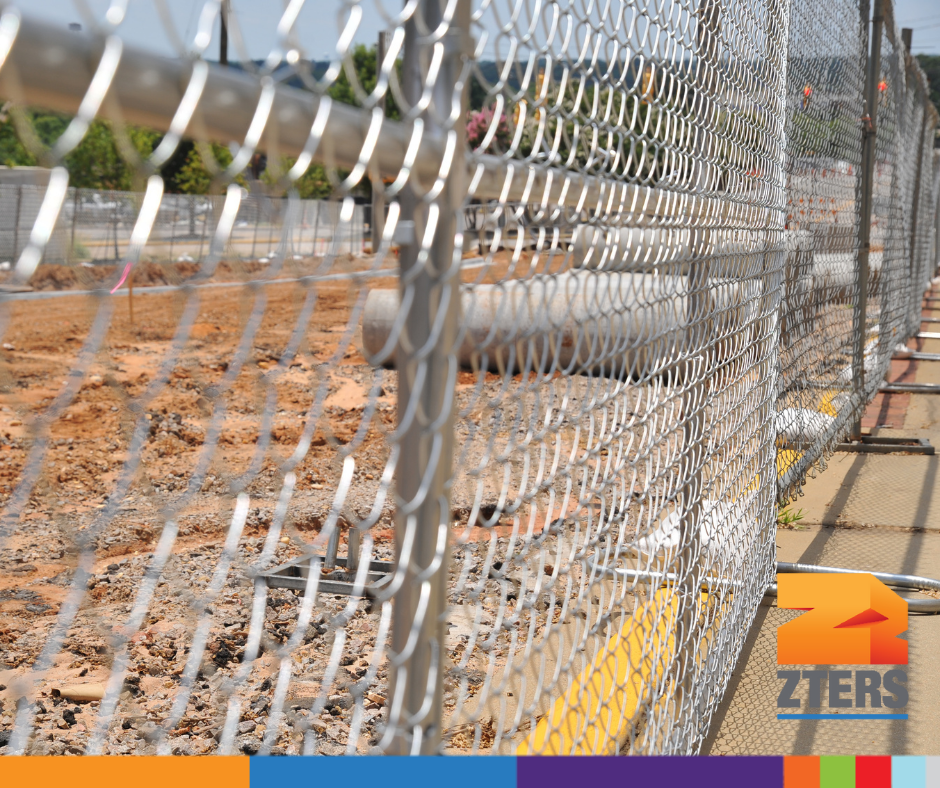The Occupational Safety and Health Administration, better known as OSHA, is dedicated to maintaining workplace safety in the U.S. When it comes to construction sites, employees are exposed to a variety of site-specific hazards, making temporary construction fence requirements a must.
Temporary fencing that surrounds the perimeter of a construction can help save lives, and it’s almost always required by local municipalities. There are also federal construction fence requirements outlined in OSHA Standard 1926: Work area control.
Here’s what you need to know about OSHA fencing, and how to keep crews and neighbors safe.
When is temporary fencing required?
Most construction sites are required by city or county ordinances to construct a barrier between the site and the public. OSHA temporary construction fence requirements dictate that fencing must be on site to prevent or limit access to hazardous areas (like high-voltage areas or areas with fall risks). Fencing keeps pedestrians and vehicles from entering the construction site and causing damage or injury. Temporary fencing also serves as a theft deterrent if that’s a concern in your area.
Unsure whether your project requires temporary fencing? Check local ordinances and evaluate the risk of unauthorized visitors and theft. Then use our temporary fencing calculator to easily determine how much fencing you’ll need.
Need Temporary Fencing?
Speak with an account manager for a free quote.
OSHA Exit Strategies
When it comes to OSHA regulations, standard 1926.34(a) states that every building or structure on a construction site must include at least one “means of egress,” or exit, that allows crew members to easily vacate in the event of an emergency. Perimeter fencing is considered a structure, so it’s subject to this rule.
Your site’s fencing must have an easily distinguishable opening that is not locked or otherwise barred during work hours. In other words, people shouldn’t have to move or maneuvered the fencing to get out. Personnel and vehicle gates are available with any temporary fence rental to meet this requirement.
Types of Construction Fencing
The type and height of your fencing will depend on the type of project. The OSHA rules regarding residential construction require fencing to be at least four feet tall. It can be made of nearly any material, but temporary fencing panels are an easy way to meet requirements without having to build fencing from scratch. Commercial and industrial job sites, however, must have fencing at least six feet tall and made from a sturdy material like chain link or iron. Again, fencing panels are ideal. Depending on the type of site, you may also need to add guard rails or safety attachments to areas within the site.
No matter the size of your construction project, we can help you rent the right temporary fencing to meet local ordinances and OSHA fencing regulations. For more information, or to get a free quote, give us a call. We can even bundle multiple site services on one invoice!

